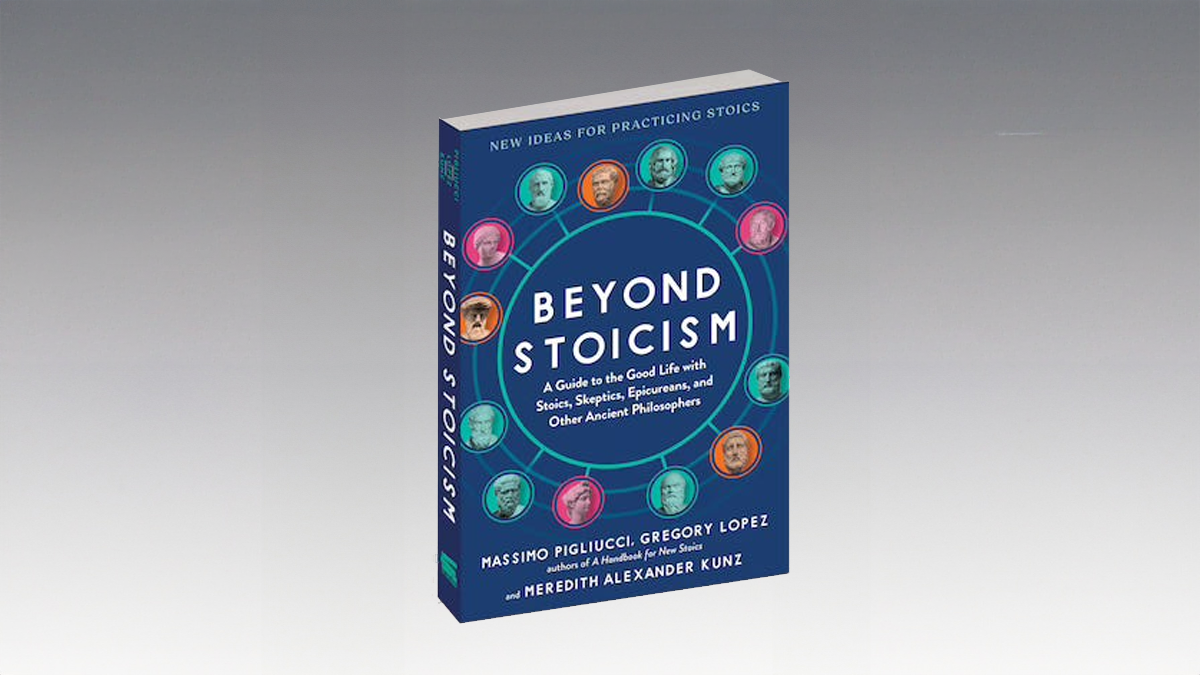America’s Disappearing Workforce

Where did America’s workers go? The future of the American economy may hinge on the answer.
The US economy added 165,000 new jobs in April and the unemployment rate fell to 7.5%. But labor force participation remained low. In fact, the labor force participation rate fell three points since the end of 2008. In April, just 63.6% of Americans 16 and over were working or looking for work. Although the unemployment rate fell steadily over the last three years, people who have given up looking for work aren’t counted among the unemployed. The fact is that a smaller percentage of Americans are working now than at any time since the 1970s.
Labor force participation rose in America—and in other advanced economies—more or less steadily from the end of the 1960s to the early 2000s as more and more women began to work. The percent of men in the workforce dropped over the same period, but not as quickly as percent of women in the workforce rose. That net increase in labor force participation is one of the major reasons the US economy grew so much over that period, since more workers means more production. But in the early 2000s the participation rate of women leveled off around 60%, and total participation began to go back down.
In other words, the influx of new workers that helped make America rich in the last century has begun to reverse. There were always limits to how much the labor force could grow. You can’t have more than 100% of the population working, after all. And in general labor force participation tends to be lower in rich countries, where more people can afford not to work if they choose. But the drop in labor force participation in America is part of a troubling long-term trend, which has been only been amplified by recent economic problems.
Part of the explanation for the drop in labor force participation is demographic. Baby Boomers began to reach retirement age right around the start of the recession. The recession probably led many of Americans to retire earlier than they planned—why look for a new job when you were planning to retire in a few years?—but the truth is that many of them were planning to leave the workforce soon anyway. For many Americans, it wasn’t that they couldn’t find work, but they were ready not to work anymore.
Labor force participation has also dropped among Americans in their prime working years. It declined most sharply during the recession. But for reasons that are unclear it has been falling steadily since the end of the 1990s. The drop in labor force participation among Americans 25-54 means there are roughly 3 million fewer workers today than there would be if it had stayed at peak levels.
The problem is that fewer workers means a smaller economy. It means—roughly speaking—fewer people producing goods and services for the population as a whole. Some Americans of prime working age are likely to return to work if the economy improves and better, higher-paying jobs become available. But with Americans living longer and birth rates staying low, the workers lost to retirement probably aren’t coming back. As Americans age, demands on the social security and health care systems will increase while the tax base shrinks. To avoid deficits, the country will probably have either to raise taxes on those are working or cut benefits for those who have retired or can’t find work.
America might still be able to maintain its historical rate of growth. But it will be hard. A 2011 McKinsey Global Institute report estimated that productivity would have to increase 34%—to a level we haven’t since the 1960s—just to compensate for the aging of the population. Barring some dramatic industrial breakthrough it’s not clear where that much new productivity could come from. In other words, the recession may be over, but that doesn’t mean the boom times are coming back.
Follow me on Twitter: @rdeneufville
Spring Harbor Retirement Community image courtesy of GaryDunnColumbusGAUSA





